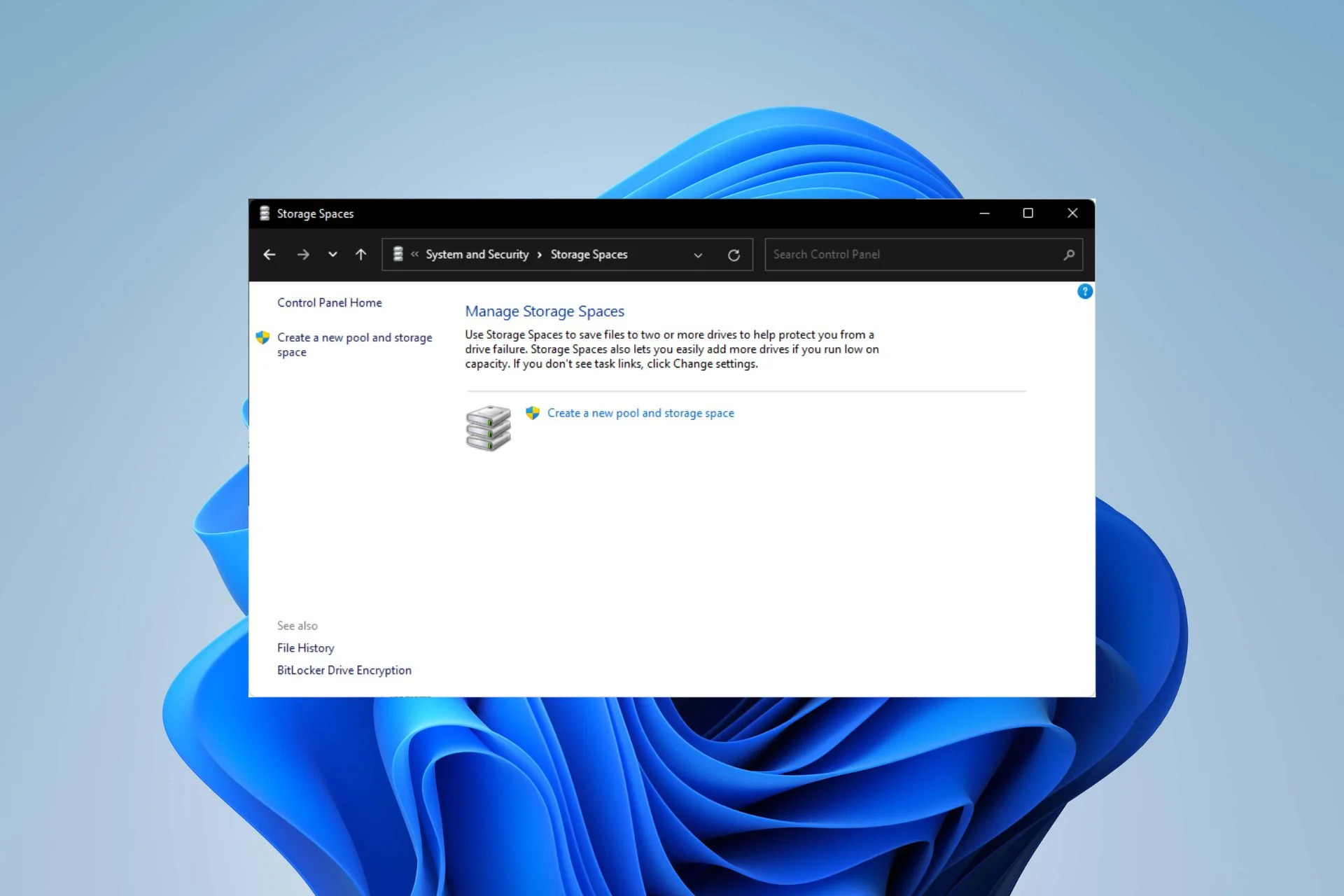
What is RAID? RAID stands for Redundant Array of Independent Disks. It's a technology that combines multiple hard drives into a single unit to improve performance, reliability, or both. Why should you care about RAID? It can protect your data from loss due to hardware failure, speed up data access, or provide a balance of both. How does RAID work? Different RAID levels use various methods like striping, mirroring, and parity to achieve these goals. Is RAID right for you? Whether you're a gamer, a small business owner, or just someone who values their data, understanding RAID can help you make informed decisions about your storage needs.
What is RAID?
RAID stands for Redundant Array of Independent Disks. It's a way to store data across multiple hard drives to improve performance and provide data redundancy. Here are some interesting facts about RAID.
-
RAID Levels: There are different RAID levels, each offering various benefits. Common levels include RAID 0, RAID 1, RAID 5, and RAID 10.
-
RAID 0: This level stripes data across multiple disks, improving speed but offering no redundancy. If one disk fails, all data is lost.
-
RAID 1: Known as mirroring, RAID 1 duplicates data on two disks. If one disk fails, the other has an exact copy.
-
RAID 5: This level uses striping with parity, requiring at least three disks. It offers a good balance of speed, storage efficiency, and redundancy.
-
RAID 10: Combining RAID 1 and RAID 0, RAID 10 offers both speed and redundancy. It requires at least four disks.
Benefits of Using RAID
RAID isn't just about redundancy. It also offers several other benefits that make it a popular choice for data storage solutions.
-
Improved Performance: RAID can significantly boost read and write speeds, especially in RAID 0 and RAID 10 configurations.
-
Data Redundancy: RAID levels like 1, 5, and 10 provide redundancy, ensuring data isn't lost if a disk fails.
-
Scalability: RAID arrays can be expanded by adding more disks, making it a flexible solution for growing storage needs.
-
Cost-Effective: Using multiple cheaper disks in a RAID array can be more cost-effective than a single high-capacity drive.
-
Fault Tolerance: RAID arrays can continue to operate even if one or more disks fail, depending on the RAID level.
RAID in Everyday Use
RAID isn't just for large enterprises. Many everyday applications benefit from RAID technology.
-
Home Servers: Many home servers use RAID to ensure data safety and improve performance.
-
Gaming PCs: Gamers use RAID 0 for faster load times and better performance.
-
NAS Devices: Network Attached Storage (NAS) devices often use RAID for data redundancy and reliability.
-
Small Businesses: Small businesses use RAID to protect critical data without needing expensive backup solutions.
-
Media Production: Video editors and photographers use RAID for faster data access and secure storage.
RAID Hardware and Software
RAID can be implemented in different ways, each with its own set of advantages and disadvantages.
-
Hardware RAID: Uses a dedicated RAID controller card, offering better performance but at a higher cost.
-
Software RAID: Implemented through the operating system, it's more affordable but can be slower and less reliable.
-
Hybrid RAID: Combines hardware and software RAID, offering a balance between cost and performance.
-
Hot Swapping: Some RAID setups allow for hot swapping, meaning disks can be replaced without shutting down the system.
-
RAID Controllers: These are specialized hardware devices that manage RAID arrays, improving performance and reliability.
RAID Limitations
Despite its many benefits, RAID isn't without its limitations and challenges.
-
Complexity: Setting up and managing RAID arrays can be complex, requiring specialized knowledge.
-
Cost: While RAID can be cost-effective, the initial setup can be expensive, especially for hardware RAID.
-
Data Recovery: Recovering data from a failed RAID array can be complicated and costly.
-
Not a Backup: RAID provides redundancy but isn't a substitute for regular backups. Data can still be lost due to other failures.
-
Performance Overhead: Some RAID levels, like RAID 5, have a performance overhead due to parity calculations.
-
Limited by Disk Size: The total storage capacity of a RAID array is limited by the size of the smallest disk in the array.
RAID Facts: The Final Word
RAID technology offers a mix of performance, redundancy, and storage capacity. Understanding the different RAID levels helps in choosing the right setup for your needs. RAID 0 gives speed but no data protection. RAID 1 mirrors data for safety. RAID 5 balances speed and redundancy, while RAID 6 adds extra protection. RAID 10 combines mirroring and striping for both speed and safety.
Knowing these facts can save you from data loss and improve system performance. Whether you're a tech enthusiast or just looking to protect your files, RAID has something to offer. Keep these key points in mind when setting up or upgrading your storage solutions. RAID isn't just for big businesses; even home users can benefit from its features. So, next time you're thinking about storage, remember RAID's potential.
Was this page helpful?
Our commitment to delivering trustworthy and engaging content is at the heart of what we do. Each fact on our site is contributed by real users like you, bringing a wealth of diverse insights and information. To ensure the highest standards of accuracy and reliability, our dedicated editors meticulously review each submission. This process guarantees that the facts we share are not only fascinating but also credible. Trust in our commitment to quality and authenticity as you explore and learn with us.
